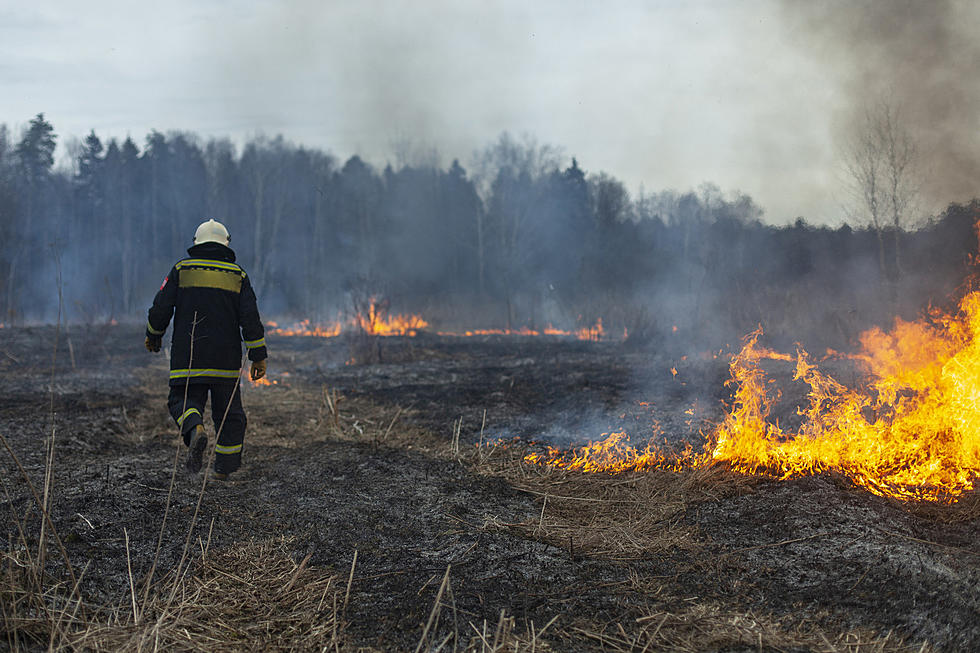
Iowa DNR Warns Of Increased Wildfire Possibility During Harvest
According to the Iowa DNR, the risk of wildfires in crop fields increases as harvest season begins. Recent rains across Iowa have provided some relief from the on-going drought, but crop fields are still dry, cured, and could spark aggressive wildfires.
Wildfire possibilities are particularly prevalent in the northeast and southeast sections of the state. The Iowa Department of Natural Resources is urging farmers to adopt fire prevention measures to safeguard their farms.
The DNR outlines several key steps to ensure a safer harvest season. Proper machinery preparation is essential to prevent field fires caused by overheated bearings, with adherence to manufacturer recommendations being critical. Additionally, all machinery should be equipped with fully charged fire extinguishers suitable for the equipment's size and the type of fire they might encounter.
Farmers are encouraged to maintain clean equipment, removing combustible debris regularly, and service grain storage and drying equipment to reduce the risk of fires. Proper hay storage is also crucial, with measures like keeping hay away from combustibles, arranging bales strategically, and monitoring hay for signs of combustion being advised. Many hay fires occur by the spontaneous combustion of moist hay, usually within six weeks of baling. Hay should be baled at its driest stage, not in the morning dew or after a rain.
In case of a fire, farmers are reminded to call 911 immediately, create fire breaks (a fire break can be disked and should be approximately 15 feet wide around the fire), turn off electricity if safe, evacuate livestock if possible, and do not take unnecessary risks. Regular equipment checks for burning debris are recommended after firefighting efforts are completed.

Overall, these fire prevention practices are indispensable for safeguarding farms, crops, and the environment during the fall harvest season across Iowa. When a fire does start, every minute can significantly impact losses in an emergency, whether that's a life or someone's livelihood. Farmers are urged to stay vigilant and prioritize safety.


